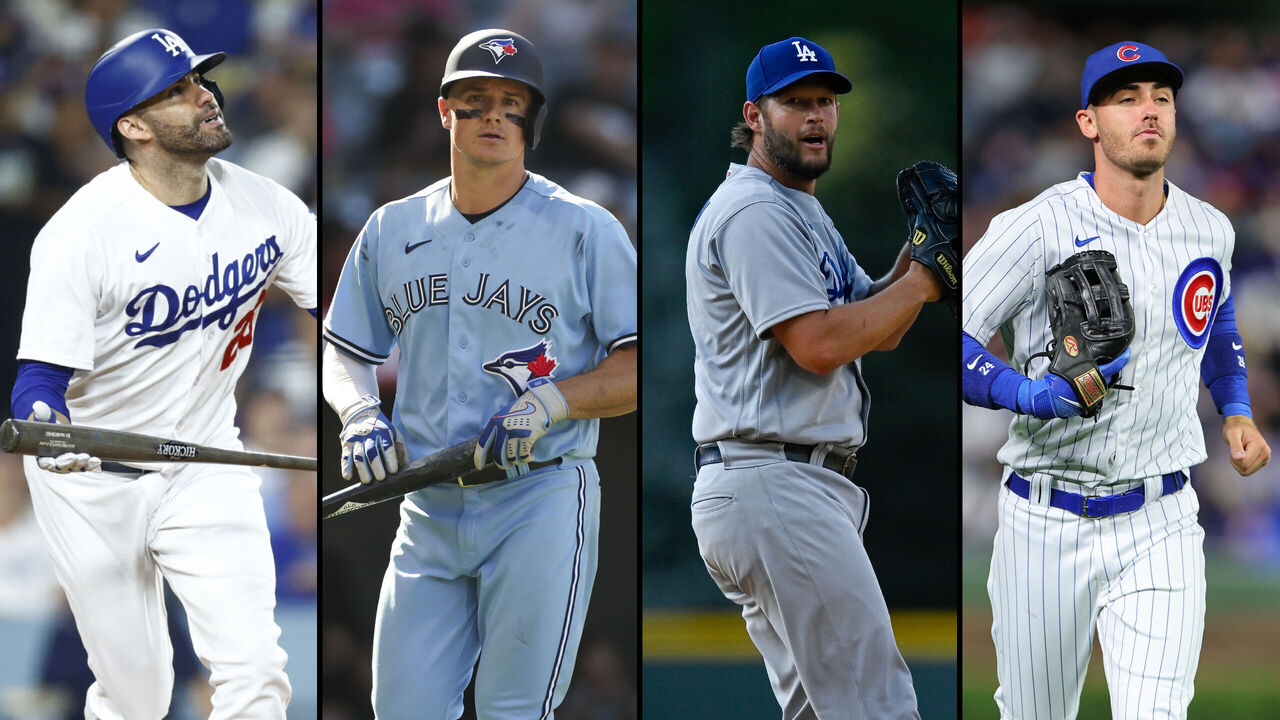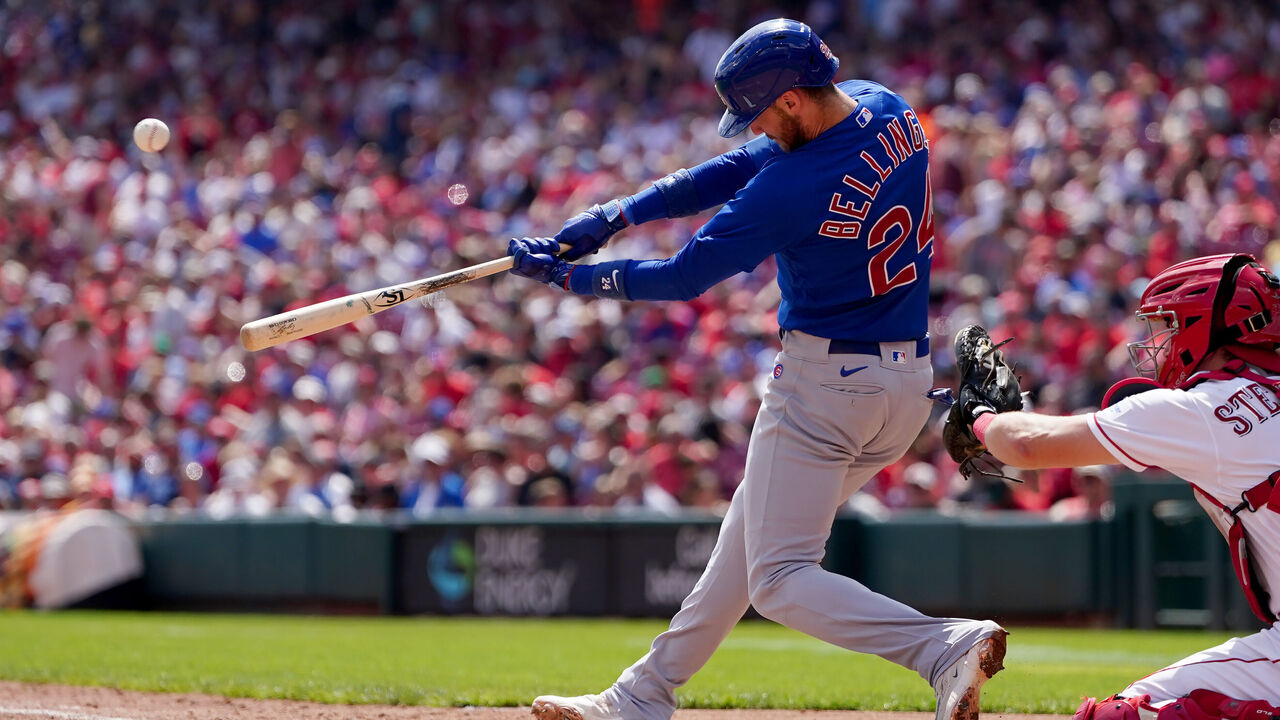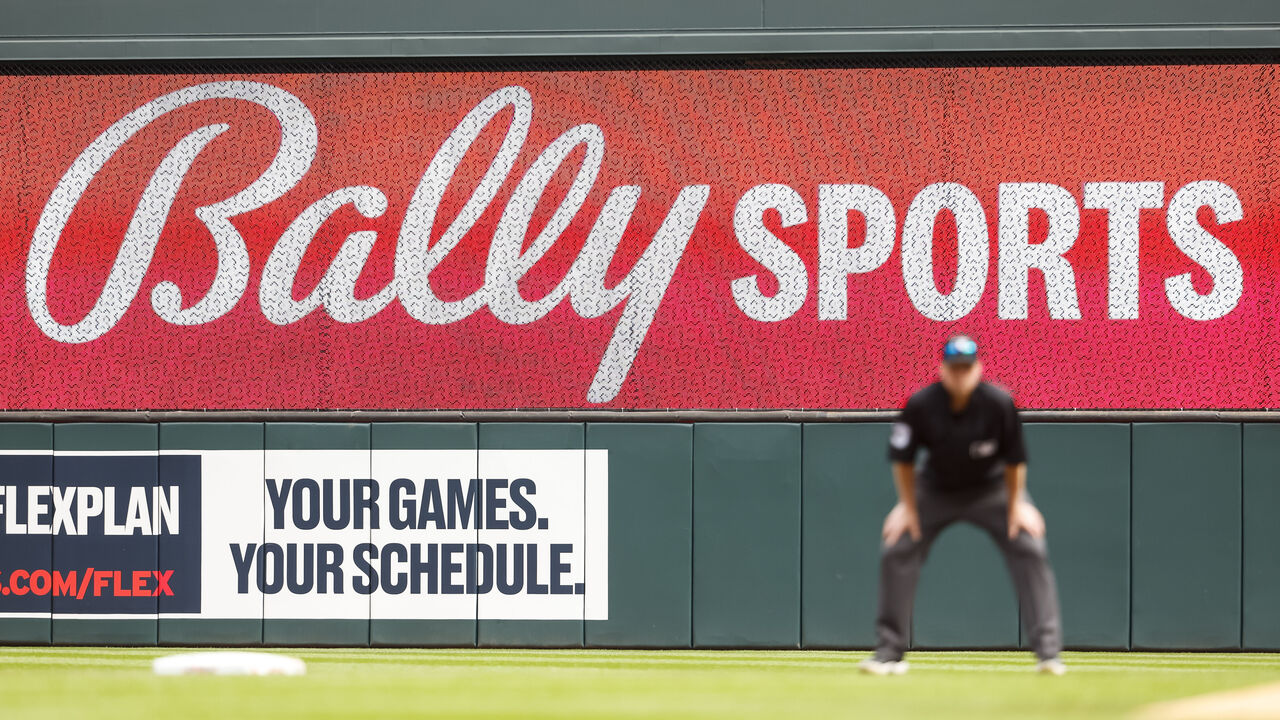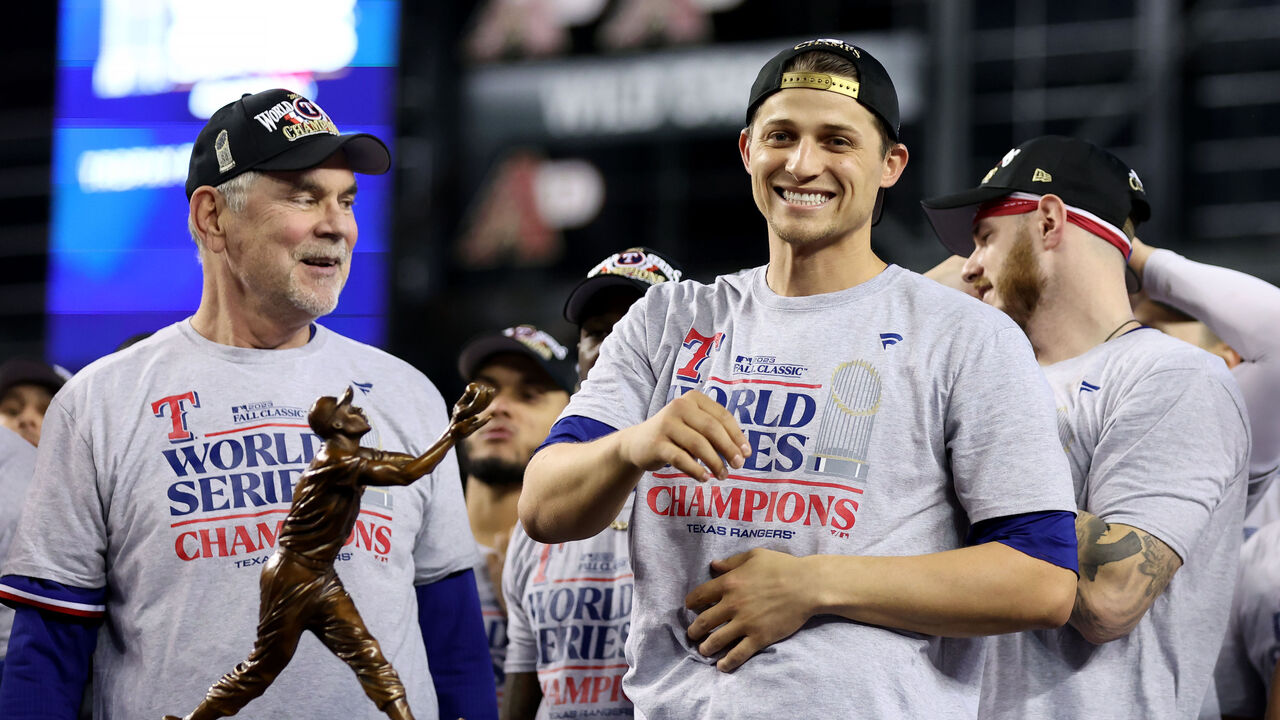Has the MLB hot stove ever been this cold?
Major League Baseball's hot-stove season is typically a slow burn, but this winter's even slower to warm.
As the calendar flipped to February, four of the consensus top-10 free agents remained unsigned: Cody Bellinger, Blake Snell, Matt Chapman, and Jordan Montgomery.
They're all clients of agent Scott Boras, who regularly plays the waiting game. His strategy often results in nine-figure deals for his players, especially when he can circumvent the front office and deal directly with an owner.
Sometimes, though, it doesn't work out as well.

But it's not just the top of the market that's been slow to develop (outside of Los Angeles).
Of the 467 players (including minor leaguers) with MLB experience who were granted free agency or released at the start of the offseason, only 72 had signed major-league contracts by the end of January.
We were curious how this compares to recent hot-stove seasons.
theScore examined all free-agency signings between the final day of the World Series and the end of March for the last 11 seasons using transaction data available at Baseball Cube. What we found is while MLB offseasons generally play out slowly, this one is even more plodding.
At 30, 60, and 90 days after this year's World Series final, the volume of free-agent signings is less than the average for each of those benchmarks.
There were only 10 signings in the first 30 days of this offseason, which guaranteed 20 years of term and $329 million in salary. That's below the previous 10-year averages for signings (17.7), guaranteed years (35.7), and dollars ($427.6 million) - even with inflation.
Two months into the offseason, much was the same.
At 60 days, this offseason's signings (44) are also below the previous 10-year average of 58.7. This year's guaranteed seasons (97) is also below the 10-year average of 116. The total dollars ($1.877 billion) do beat the 10-year average ($1.418 billion), getting a large boost from Shohei Ohtani's record-breaking contract.
On Tuesday, 90 days after the Texas Rangers won the World Series, the number of signings (72) and the number of contract years (114) again fell below the decade average of 81.1 and 152.5.
So what's going on?

One MLB front-office source said teams have become more patient and more analytical.
Another industry source believes Boras' group of players has held up a portion of this market. Unlike many other offseasons, the executive points out these Boras' stars all have flaws.
- Bellinger owns a history of uneven performance, and his underlying batted-ball data calls into question whether his power improvement last year is sustainable and whether he'll ever get his early-career exit velocity back.
- Chapman's bat went ice-cold in the second half, and he's always been a streaky offensive performer.
- Snell possesses elite stuff, but his consistently high walk numbers limit his innings and create traffic on the bases.
- As good as he was in October, Montgomery is more of a quality middle-of-the-rotation option than a difference-making ace.
"They all have blemishes," one MLB front-office executive said.
While overall activity is down, the spending to date has also been top-heavy.
Of the $2.3 billion spent to date, the Dodgers account for nearly half of it with $1.073 billion. The top four spenders account for $1.6 billion, or 70% of all free-agency dollars awarded.
Conversely, eight clubs have spent less than $10 million in free agency, and the Marlins haven't spent a dime. The vast majority of teams are not signing household names or not involved in free agency at all.
While spending is generally dominated by major, coastal-market clubs, another issue this winter is the uncertainty regarding local cable dollars. Teams like the Cleveland Guardians ($1.1 million free-agent spending) and Minnesota Twins ($950,000) have cited it as a reason to reduce payroll.

It's been the slowest offseason in terms of contract volume since the 2020-21 offseason, which was impacted by reduced revenues from a pandemic-shortened season.
And for those players thinking they'll get a better deal in the second half of the offseason, history suggests they're better served signing earlier. Teams are the ones that benefit by drawing out the process.
If we look at the previous decade of data, half the deals were signed by the 60-day mark, which accounted for 58% of the money spent.
Players who signed in the first half of the offseason averaged a contract length of 1.98 years and $11.83 million per season.
Players who signed in the second half of the offseason averaged 1.47 years and $8.95 million per season.
MLB is unlike other sports with salary caps and floors and max contracts. Those sports enjoy a flurry of activity immediately as free agency opens. But one recent offseason featured an explosion of baseball signings, and judging by metrics like Google Trends, fans loved it.
During the winter of 2021-22, when the lockout loomed a month after the World Series ended, MLB had a de facto signing period as teams sought to sign players before the collective bargaining agreement expired Dec. 1.
During the first 30 days of that offseason - the lockout began on the 30th day, Dec. 2, 2021 - there were 54 deals, covering 127 guaranteed seasons and $1.9 billion. One billion dollars had never been spent in a November.
The next closest number of total deals in the first month of an offseason within the last decade was 24, set last year.

The early deals in 2021-22 averaged $14.9 million per year, demolishing previous annual average values for contracts signed in the first half of the offseason.
Following the 98-day lockout, signings resumed March 12. That caused another flurry of signings through March 28: 79 deals worth a combined $1.281 billion spread over 117 seasons of term. The average contract was for 1.48 years and $10.95 million per season.
Media and fan interest rose before and after the lockout because so much signing activity was condensed into shorter periods.
There's an average of about one signing per day over an offseason, and the majority of those are relatively small, one-year deals. In the condensed periods of the 2021-22 offseason, there were 2.89 signings per day.
While one executive doubted signing periods would change club behavior in free agency, fewer days would still mean more signings per day, leading to periods in which fans and media are more focused on them.
Tighter signing periods could be good for players, fans, and thereby the business of the sport. The MLBPA has generally been against anything that limits its players' ability to extract full value for their services. In the one season we could study with compressed signing periods, it didn't appear to hurt them.
If executives are already coalescing their moves around the start and end of the offseason, let's codify it. A signing-period system could begin with an initial 30-day signing period that begins five days after the World Series and concludes with the final day of the winter meetings in early December. Imagine a giant clock ticking down in the lobby of the hotel where the winter meetings are being held. It would make the meetings more of an event, and more activity would happen there.
There would then be a signing freeze that extends through the holidays until Feb. 1, when signings can then resume. During the freeze, teams and agents can still talk, trades can be made, and arbitration cases will play out, but signings are put on hold. When Feb. 1 arrives, another rush begins. It would make for a more interesting offseason.
But back in the present, with about two weeks before pitchers and catchers report to spring training, we're mired in yet another slow burn of an offseason. Lighting a spark to accelerate movement could be a big win for baseball. It's a time when all baseball fans could use a little hope and a little more excitement. As the pitch timer reduced the dead time between game action, condensing the interesting parts of an entertainment product always makes for a better show.
Travis Sawchik is theScore's senior baseball writer.
HEADLINES
- Yankees' Torres: 'We got punched in the face' by Orioles
- Blue Jays in April: Fancy new seats and a sense of dread
- Julio Urías pleads no contest to misdemeanor domestic battery charge
- Comcast-Bally Sports breakup is another blow for dying TV ecosystem
- Rangers' Eovaldi exits start vs. Nats with groin tightness